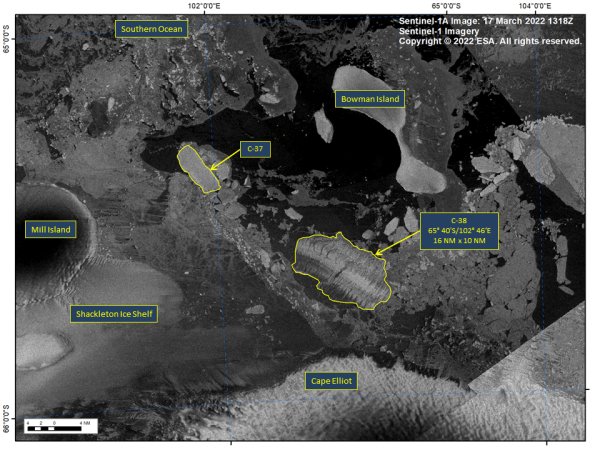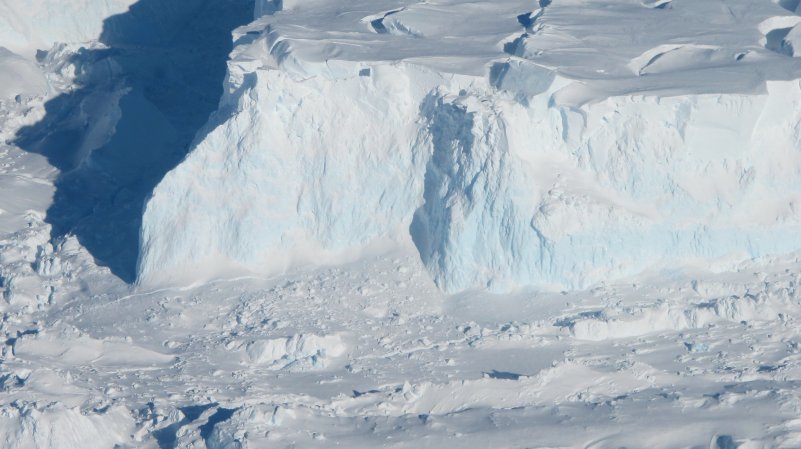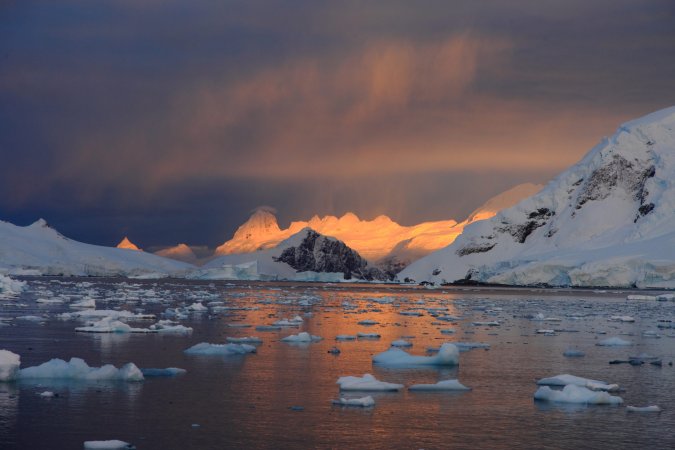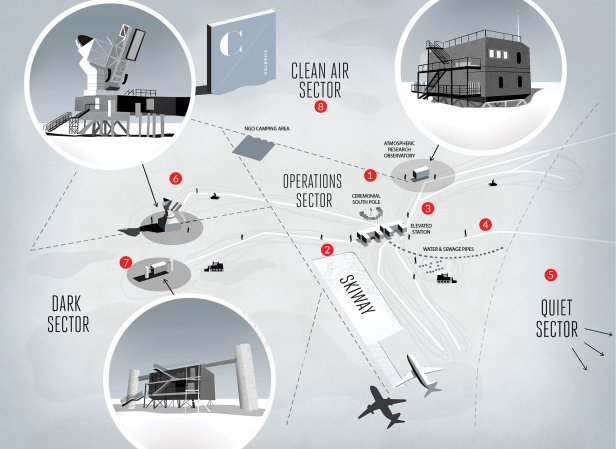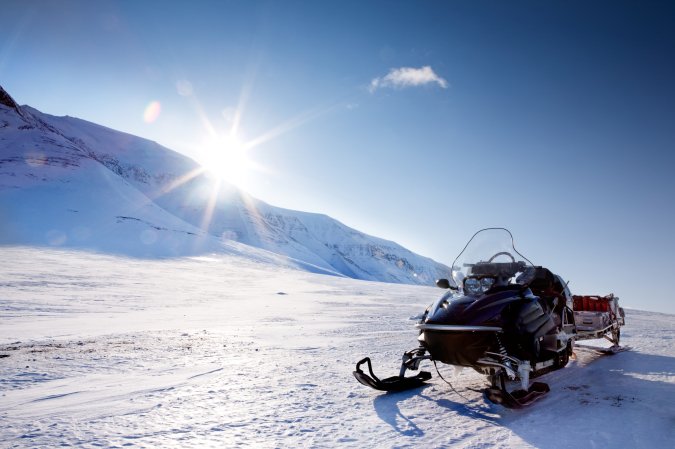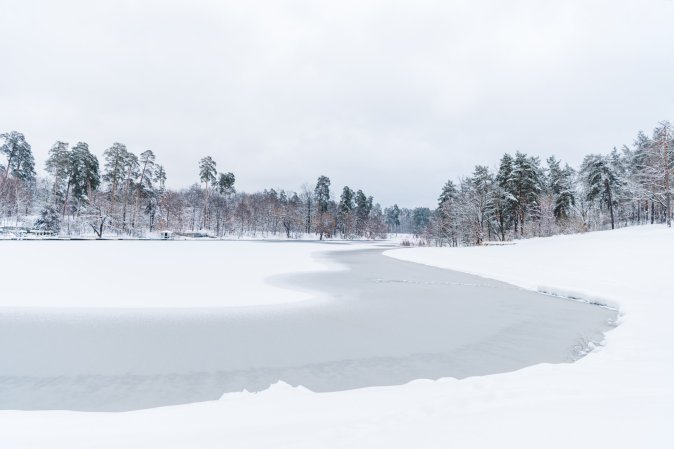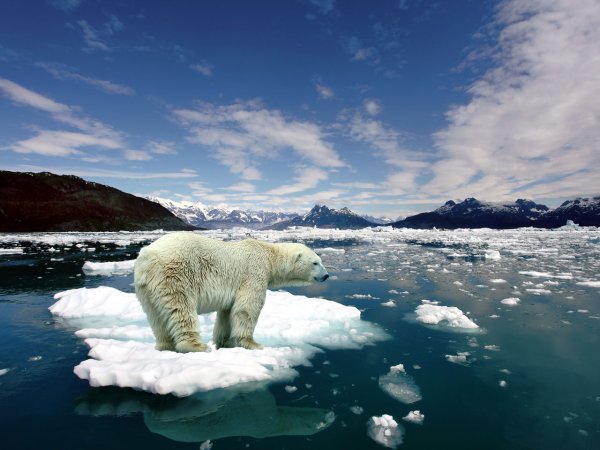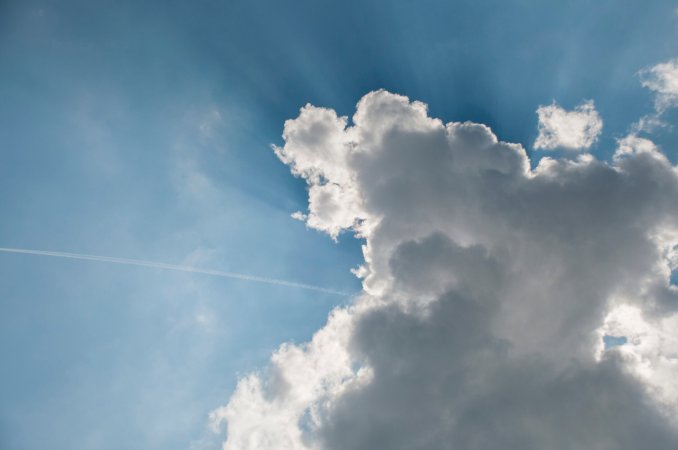

If you want to check up on how the planet is faring under climate change, the polar ice caps are often a good place to start. And right now, the two regions are simmering in a particularly bad warm spell, as temperatures reach “freakish” extremes.
Currently, parts of Antarctica are experiencing temperatures that hit over 70°F warmer than average, while parts of the Arctic hover around 50°F warmer than average. The massive 70 degree jump was spotted two miles above sea level at Concordia station, while records were shattered by about 27 degrees at even higher altitudes at Vostok station, both located in Antarctica.
Typically, the Antarctic region rests at about minus 50 to minus 60°F at this time of year, which is the early fall season for the southernmost point of the world. Over the past 65 years, between March and April, temperatures above -22°F have never been hit in the area, according to journalist and climatology researcher Stefano Di Battista, who posted on Twitter and told the Washington Post. But as of Friday, Concordia is sitting around 10°F.
“This is when temperatures should be rapidly falling since the summer solstice in December,” tweeted Jonathan Wille, a postdoc researcher at the Université Grenoble Alpes. “This is a Pacific Northwest 2021 heatwave kind of event. Never supposed to happen.”
At the same time, sea ice levels in Antarctica just hit its lowest coverage area in the past 43 years of observations—falling below 2 million square kilometers. This, however, was likely linked to a 2021 low pressure system in the inner peninsula, according to the Post, making some experts cautious about attributing low ice levels to climate change.
“It’s very likely that what we’re seeing now is within the range of variability that we’ve seen over the last century. So even this record low, we probably have seen that before in the last century,” Ryan Fogt, a climate scientist and an associate professor at Ohio University told the Post. “What we’re seeing is just year-to-year fluctuations that have happened in the longer-term context.”
[Related: The ‘doomsday’ glacier is on the brink of collapse.]
At the other end of the world, average Arctic temperatures were around 50°F higher than average, with North Pole temperatures creeping close to the melting point, which is strange for the early Spring season. Friday’s temperature actually hit 6 degrees higher than the average yearly temperature for the Arctic from the 1979 to 2000 average, according to the Associated Press.
“They are opposite seasons. You don’t see the north and the south (poles) both melting at the same time,” National Snow and Ice Data Center scientist Walt Meier told the AP on Friday. “It’s definitely an unusual occurrence.”
Still, the overall global temperatures do not reflect the same alarming rate of warming—on average, the world at the time was sitting around 1.1°F above average. The Arctic particularly is subject to a phenomenon called Arctic amplification—where climate change’s impacts are felt at an even more rapid pace than the rest of the world. Events like sea ice and glacier melts trigger a larger feedback loop, causing warming to continue to spin out faster and faster. Currently, the Arctic is warming at a rate about two or three times faster than the rest of the globe.
The Antarctic, due to its status as a continent versus the North Pole’s landless and icy makeup, is significantly more complicated. The Antarctic peninsula, a thin stretch of land that pokes out of the Western side of Antarctica, is warming at a rate nearly five times as fast as the global average, but what goes on in the less accessible and landlocked inland region is still more of a mystery. Scientists once predicted that the giant East Antarctic would be more resilient to climate change, but a 2019 study showed how ice loss on this half of the continent contributed to about 0.17 inches of potential sea level rise in the 40 years leading up to 2017.
Nevertheless, intense March heat on either end of the planet is never a good sign—and another example of just how unpredictable a changing climate really is now.




